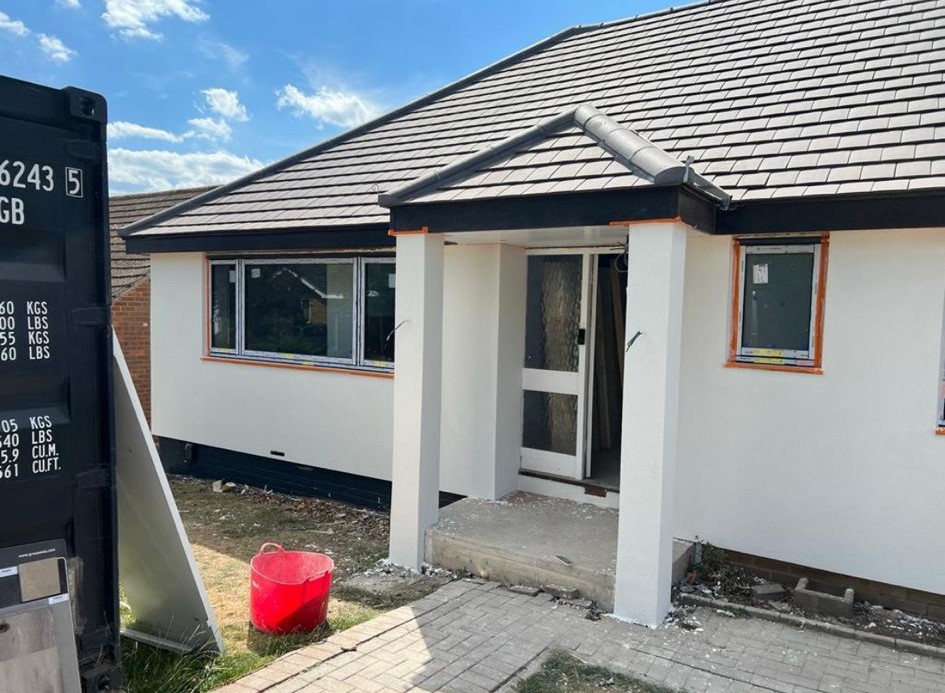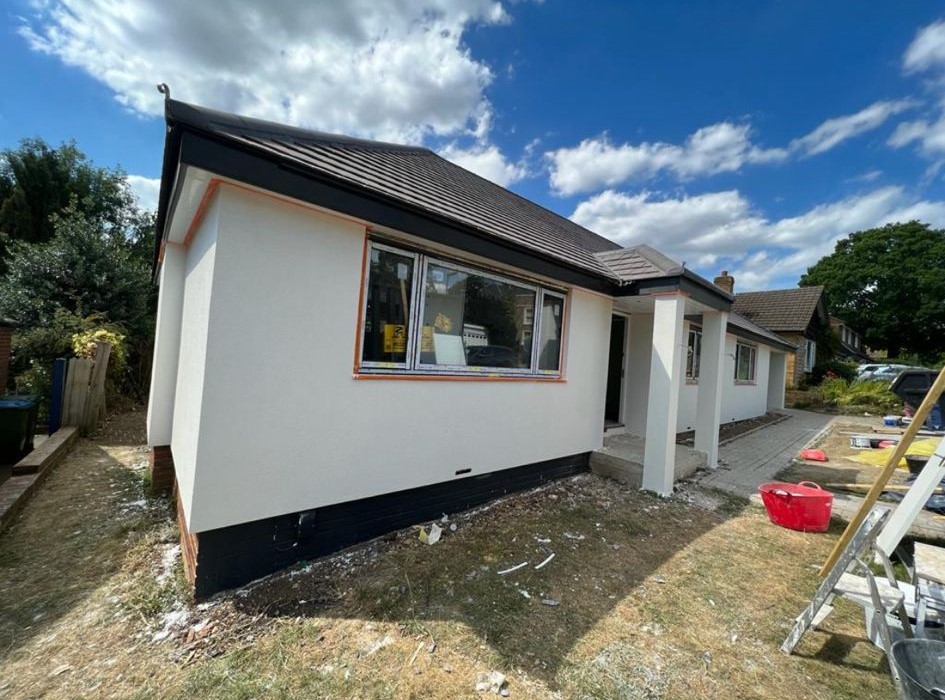Are you thinking of plastering over painted walls? It’s a question many homeowners face when looking to refresh their spaces without stripping away existing paint. But is it feasible, and if so, what steps should you follow? This guide provides all the answers you need, from understanding the process to ensuring a flawless finish. We’ll explore everything from preparation to execution so your walls can look brand new.
How to Go About Plastering Over a Painted Wall
Plastering over painted walls is more than just applying a fresh layer. You need to consider the condition of the surface, the type of paint, and the right materials to use. By following a systematic approach, you can ensure that your plaster adheres properly and stays in place for years to come. Let’s take a closer look at each step involved in this process.
About Logic Plastering
Before we get into the nitty-gritty, a brief mention must be made of the importance of professional plastering services like Logic Plastering. They specialize in providing top-quality plastering services that ensure durable and aesthetically pleasing results. Whether you’re doing it yourself or hiring professionals, understanding the expertise involved can guide you through your project with confidence.

Can You Plaster Over Painted Walls?
The short answer is yes—you can plaster over painted walls. However, achieving a smooth finish requires a keen understanding of the materials and methods involved. Plastering directly onto a painted surface is possible, but certain steps ensure the plaster adheres correctly without peeling or cracking. Let’s start by cleaning the surface thoroughly.
Clean the Painted Surface
Cleaning your walls is essential for achieving a good bond between the plaster and the paint. Dust, grease, and other contaminants can affect adhesion, leading to future problems. Begin by washing the wall with a mild detergent and water. Scrub gently with a sponge or cloth to remove any dirt or grime. Once clean, rinse the surface with clean water and allow it to dry completely.
After washing, check for any loose or flaking paint. Use a scraper or sandpaper to remove these areas. It’s crucial to have a stable base for the new plaster to adhere to. Once you’ve removed any loose paint, vacuum the area to eliminate any dust particles. This step sets the foundation for a smooth plastering job.
Finally, inspect the walls for any underlying issues such as mold or mildew. If present, treat these areas with an appropriate solution before proceeding. A well-prepared surface is key to ensuring the longevity and beauty of your plastered walls.
Apply PVA Emulsion
After cleaning the wall, the next step is to apply a PVA emulsion. This primer acts as a bonding agent that helps the plaster adhere better to the painted surface. Without it, the plaster may not stick properly, resulting in an uneven finish or even peeling.
Mix the PVA with water as directed on the packaging, usually at a ratio of 3 parts water to 1 part PVA. Use a brush or roller to apply the mixture evenly across the entire wall. Focus on getting a uniform coat, ensuring that no area is missed. Allow the PVA to dry until tacky but not completely dry—this is typically around 20-30 minutes.
Once the PVA is at the right stage, you’re ready to move on to the plastering phase. The PVA ensures a strong bond, making the plastering process smoother and hassle-free. You’ll find that the plaster applies more evenly, allowing for a professional-looking finish.
You’re Ready to Plaster
Now that the wall is prepped, it’s time to apply the plaster. Mix the plaster according to the manufacturer’s instructions, aiming for a smooth, lump-free consistency. Use a clean bucket and tools to prevent contamination, which can weaken the plaster.
Begin applying the plaster to the wall using a trowel, starting from the bottom and working upwards. Spread it evenly, creating a smooth surface free of bubbles and ridges. Take your time to ensure a consistent thickness across the entire wall. After applying the first coat, allow it to set slightly before applying a second coat if needed.
Once the plaster is applied, use a wet sponge or trowel to smooth out any imperfections. This final step gives the wall a polished, even appearance, ready for painting or finishing. Proper plastering will ensure that your walls are not only beautiful but also long-lasting.
What if the Paint is in Poor Condition?
When dealing with a painted surface that’s in poor condition, additional steps may be necessary. Peeling, flaking, or cracked paint can interfere with plaster adhesion. In such cases, it’s best to strip the paint using a chemical remover or heat gun. This creates a fresh base for the plaster to adhere to.
If stripping the paint isn’t feasible, another option is to use a plaster bonding agent. These specialized products are designed to improve adhesion on problematic surfaces, providing a reliable alternative when paint cannot be removed.
Finally, address any issues beneath the paint that might affect the plaster. Cracks or holes should be filled with a suitable filler before plastering. Ensuring a sound base will help prevent future problems and create a more professional finish.
Repairing Damaged Walls
Repairing damaged walls goes hand-in-hand with plastering over painted surfaces. Before applying plaster, assess the condition of the walls thoroughly. Small cracks and imperfections can be easily fixed with a filler, while larger issues may require more significant repairs.
For small repairs, apply a lightweight filler with a putty knife, smoothing it out to blend with the surrounding area. Once dry, sand the surface smooth before proceeding with plastering. This step ensures that the plaster sits evenly and creates a seamless finish.
For more extensive damage, consider consulting a professional. Larger issues may require structural repairs or specialized materials to ensure a stable base for the plaster. By addressing these problems early on, you’re setting the stage for a successful and lasting plastering job.
Conclusion
Plastering over painted walls might seem daunting, but with the right approach, it can be a straightforward task that transforms your space. From cleaning and preparing the surface to applying plaster and addressing any underlying issues, each step plays a crucial role in ensuring a flawless finish.
Remember, the key to success is preparation. By taking the time to properly clean and prime your walls, you’re laying the groundwork for a durable and beautiful result. Whether you’re doing it yourself or hiring professionals, understanding the process empowers you to make informed decisions about your home.
For those who interested in expert services for plastering and rendering related must contact Surrey Plastering. They offer expertise to help you achieve the best possible results. With the right tools and knowledge, you can confidently tackle any plastering project and enjoy the satisfaction of a job well done.


